How the Types of AI Agents Shape Autonomous Intelligence?
Artificial Intelligence | AI Agents | Machine Learning Models
Are you curious about the different types of AI agents and how they can help your business? Understanding these AI agents is key to unlocking smarter AI workflow automation and better decision-making. From simple reflex agents that react instantly to learning agents that improve over time, each type offers unique benefits.
Whether you want quick responses, goal-driven actions, or systems that adapt and learn, knowing the types of AI agents available can guide you to the perfect solution for your goals. Ready to explore how these AI agents can transform your operations?
Let’s dive in!
What are AI Agents?
AI agents are autonomous software systems powered by artificial intelligence that are designed to pursue specific goals and complete tasks on behalf of users or other systems. Unlike traditional automation tools that follow rigid, pre-programmed rules, AI agents can independently interact with their environment—whether digital or physical—by collecting data, analyzing information, and making rational decisions to achieve their objectives.
These agents leverage advanced technologies such as machine learning models, natural language processing techniques, and large language models to reason, plan, and adapt their actions based on real-time feedback and changing conditions. This enables them to handle complex, multi-step tasks, learn from past experiences, and improve their performance over time.
Additionally, AI agents can operate with minimal human oversight. They make decisions, take actions proactively, and integrate with tools, APIs, and databases to extend their functionality. Their ability to work independently, adapt to new data, and collaborate with other systems makes them essential. These features help automate complex workflows, optimize processes, and deliver smart solutions across many industries.
Key Features of AI Agents
Understanding these core features reveals how AI agents deliver intelligent, adaptive, and efficient solutions across diverse applications. Let’s take a closer look at what makes them so powerful:
-
Autonomy and Proactivity
AI agents can operate independently, making decisions and taking actions without constant human guidance. They proactively pursue goals, often breaking down complex problems into smaller, manageable steps.
-
Reasoning and Planning
Unlike basic bots or assistants, AI agents use advanced AI techniques for reasoning to determine the best course of action. They plan and sequence tasks, adapting their approach as new information becomes available, which is central to the AI agent frameworks used in modern systems.
-
Learning and Adaptation
AI agents learn from past interactions and outcomes, improving their performance over time. They adapt to changing environments and user preferences, providing increasingly personalized and effective responses.
-
Contextual Awareness
Autonomous intelligent agents maintain memory of previous interactions and relevant context, allowing them to interpret ambiguous or complex instructions accurately. This contextual understanding is crucial for handling dynamic, real-world scenarios and is a core part of the AI ecosystem.
-
Tool and Data Integration
Moreover, they can connect with APIs, databases, and external tools to gather information, perform calculations, or trigger actions in other systems. As a result, this integration extends their capabilities far beyond simple conversation or rule-based automation.
-
Multi-Modal Processing
Modern AI agents can process and understand multiple types of input—text, voice, images, code, and more—enabling richer interactions and broader applicability.
-
Collaboration and Orchestration
AI agents can work together in multi-agent systems, coordinating to solve complex problems or optimize workflows (such as supply chain management or data analysis). Orchestration frameworks allow multiple agents to collaborate efficiently, balancing autonomy with oversight.
-
Human-in-the-Loop (HITL) Support
For tasks requiring high accuracy or ethical oversight, AI agents can escalate decisions to human experts. This approach blends automation with human judgment. In fact, many AI development companies follow this practice, including Flexlab, a leading U.S. blockchain and artificial intelligence software development firm. To learn more about Flexlab’s expertise in blockchain technology, check out their Blockchain App Development Guide.
7 Main Types of AI Agents
AI agents come in diverse forms, each designed to handle specific tasks and environments with varying levels of complexity and intelligence.
1. Simple Reflex Agents
Simple reflex agents are the most basic type of AI agents that operate solely based on the current perception or input from their environment. They follow predefined condition-action rules, meaning they respond with a specific action whenever a certain condition is met, without considering any history or future consequences. This makes them highly efficient in environments where rules are clear and unchanging, but limits their flexibility in complex or dynamic settings.
For example, a smart thermostat that turns on heating when the temperature drops below a threshold or a fraud detection system that flags transactions based on fixed criteria are simple reflex agents. Their strength lies in real-time responsiveness and ease of implementation, but they struggle with situations requiring memory or adaptation.
2. Model-Based Reflex Agents
Model-based reflex agents improve upon simple reflex agents by maintaining an internal model of the environment. This model allows them to keep track of the state of the world, including aspects that are not immediately observable, enabling better decision-making in partially observable or changing environments. By updating their internal representation based on new inputs, they can respond more intelligently to complex scenarios.
For example, inventory systems that predict demand or support bots that recall past chats show model-based reflex agents in action. Their ability to incorporate memory makes them more versatile, but also requires more computational resources.
3. Goal-Based Agents
Goal-based AI agents act with the explicit purpose of achieving specific objectives. Unlike reflex agents, they evaluate possible future actions and their outcomes to select the best path toward their goals. This involves planning and reasoning about sequences of actions rather than reacting immediately to stimuli. Goal-based agents are well-suited for complex tasks where multiple strategies exist and trade-offs must be considered.
For instance, logistics software can calculate optimal delivery routes by analyzing distance and traffic conditions. Similarly, industrial robots plan assembly steps to build products efficiently. Because they anticipate future states, these agents are powerful, though often computationally intensive.
4. Utility-Based Agents
Utility-based agents extend goal-based agents by incorporating a utility function that quantifies the desirability of different outcomes. Instead of just aiming to achieve a goal, these agents seek to maximize overall utility, balancing multiple factors such as risk, cost, and benefit. This approach allows them to handle situations with competing objectives or uncertain environments more effectively.
For example, financial portfolio management systems evaluate investments by balancing risk and return, while resource allocation agents optimize energy consumption and production output in manufacturing. Utility-based agents offer sophisticated decision-making but require well-defined utility metrics and complex evaluation.
5. Learning Agents
Learning agents continuously improve their performance by learning from experience and feedback. They use machine learning and natural language processing. This allows them to learn from past interactions and adapt to new situations, without needing reprogramming. These agents typically consist of components that select actions, learn from outcomes, and update their strategies accordingly.
Real-world examples include e-commerce recommendation engines that refine suggestions based on user preferences. Customer service chatbots also improve response accuracy over time. Learning agents are flexible and adaptive, ideal for dynamic settings. However, they often need large datasets and longer training times.
6. Hierarchical Agents
Hierarchical AI agents organize their decision-making processes into multiple levels, breaking down complex tasks into subtasks handled at different levels, such as manufacturing and robotic process automation. Higher-level agents focus on strategic, long-term goals, while lower-level agents manage immediate actions and sensory inputs. This structure enables efficient handling of complicated workflows by distributing responsibilities and simplifying individual decision points.
In manufacturing, for example, hierarchical agents coordinate overall production planning at the top level while controlling robotic arms and quality checks at lower levels. This layered approach enhances scalability and manageability but demands sophisticated coordination mechanisms.
7. Multi-Agent Systems (MAS)
Multi-agent systems involve multiple autonomous agents that interact and collaborate to solve problems a single agent cannot handle alone. Within a shared environment, these agents may cooperate, compete, or negotiate. As a result, they enable complex, distributed problem-solving.
Examples include autonomous vehicles optimizing traffic, financial bots handling fraud and invoicing, and supply chain agents managing inventory and shipping together. Multi-agent systems excel in scalability and robustness but require effective communication protocols and conflict resolution strategies.
Applications of AI Agents in Real-World Scenarios
AI agents are transforming industries across the United States, driving efficiency, innovation, and new business models. Here are some of the most impactful real-world applications:
- Virtual Personal Assistants: Tools like Google Assistant, Siri, and Alexa manage daily tasks, schedule meetings, and control smart home devices, making life more convenient for millions of Americans.
- Healthcare Diagnostics: AI agents analyze medical images and patient data, supporting early disease detection and personalized treatment plans —an area where AI software development services are making a huge impact. For example, AI-powered radiology tools can identify anomalies that might be missed by human eyes, potentially saving lives.
- Fraud Detection: Financial institutions use AI agents to monitor transactions, flag suspicious activities, and reduce financial losses. AI-driven fraud detection is credited with significantly lowering the risk of cybercrime.
- Autonomous Vehicles: Companies like Tesla deploy AI agents in self-driving cars to navigate roads, make real-time decisions, and improve traffic safety. As these systems mature, they are expected to drastically reduce accident rates.
- E-Commerce and Retail: AI agents power recommendation engines (e.g., Amazon’s system, which drives 35% of its revenue), automate inventory management, and personalize marketing campaigns, enhancing customer experience and boosting sales.
- Manufacturing: AI-driven robots streamline production lines, ensure quality control, and optimize operations, leading to higher efficiency and reduced errors.
- Smart Home Automation: AI agents manage lighting, security, and energy usage, learning user preferences to optimize comfort and efficiency.
- Financial Trading: AI trading bots analyze market data and execute trades, helping investors maximize returns while minimizing risk.
- Customer Support: Virtual agents handle routine inquiries, reducing call center loads and improving response times. For example, Bank of America’s Erica has completed over 1 billion interactions, leading to a 17% decrease in call center volume.
According to AI agent statistics, by 2025, 85% of U.S. enterprises are expected to use AI agents, making them an essential role in Artificial Intelligence in business efficiency and customer engagement.
The Future of AI Agents in Business
The business landscape in the U.S. is rapidly evolving as AI agents become integral to operations. The future of AI looks promising, with the global AI agent market projected to reach $7.63 billion in 2025, with North America holding 40% of the global share due to significant investments in the latest AI research and development. AI agents are automating repetitive tasks, allowing human workers to focus on creativity and strategic decision-making.
Today, businesses are onboarding AI agents as digital teammates. They’re integrating them into workflows and scaling operations—without increasing headcount. As a result, these agents drive faster growth, enhance productivity, and support new business models. Consequently, supervising and managing AI agents is becoming a key employee skill, highlighting the need for responsible AI use and continuous training.
Companies adopting AI agents report substantial improvements in customer service, cost savings, and operational agility, often leveraging generative AI agents. For example, AI-powered supply chain management has led to a 30% improvement in on-time delivery rates and 20% savings in fuel and route optimization. According to Research and Markets, the AI agents market is expected to grow at a compound annual growth rate (CAGR) of 44.8% from 2024 to 2030, reaching $47.1 billion by 2030.
Ready to Transform Your Business with Cutting-Edge Technology?
At Flexlab, we build more than software—we create powerful, future-ready solutions for your business. Our approach blends blockchain innovation, AI-driven multi-agent automation, and custom development to transform operations. Need secure smart contracts, intelligent workflow automation, or scalable web and mobile apps? Our expert team delivers tailored solutions that drive growth, cut costs, and future-proof your business.
In today’s fast-evolving tech landscape, don’t get left behind. Instead, partner with Flexlab to unlock seamless integration of AI and blockchain technologies. As a result, you’ll boost operational efficiency and gain a competitive edge in your industry.
Contact us now to discover how our innovative solutions can elevate your business, or explore our portfolio or LinkedIn to see the transformative projects we’ve delivered for clients across industries.
Ready to Grow Your Business?
📞 Book a FREE Consultation Call: +1 (201) 347-8591
📧 Email us: info@flexlab.io
Conclusion: Types of AI Agents (2025)
In conclusion, exploring the different types of AI agents helps businesses identify the best solutions to enhance automation, improve decision-making, and drive innovation. By leveraging the right AI agent, organizations can streamline operations and stay competitive in an ever-evolving technological landscape. Embracing these intelligent systems is a crucial step toward future-proofing your business and unlocking new growth opportunities.
FAQs
What are the 5 types of AI agents?
The five main types of AI agents are: Simple Reflex Agents, Model-Based Reflex Agents, Goal-Based Agents, Utility-Based Agents, and Learning Agents—each with unique roles in the AI agent architecture.
Is ChatGPT a type of AI agent?
ChatGPT is a language model, not a true AI agent. It responds to user prompts but doesn’t act autonomously or set its own goals. True AI agents can operate independently and interact with external systems without constant human input.
What are autonomous AI agents?
Autonomous AI agents perform complex tasks independently without human intervention.
They sense their environment, make decisions, and act to achieve specific goals.
Examples include self-driving cars, automation, and advanced virtual assistants.
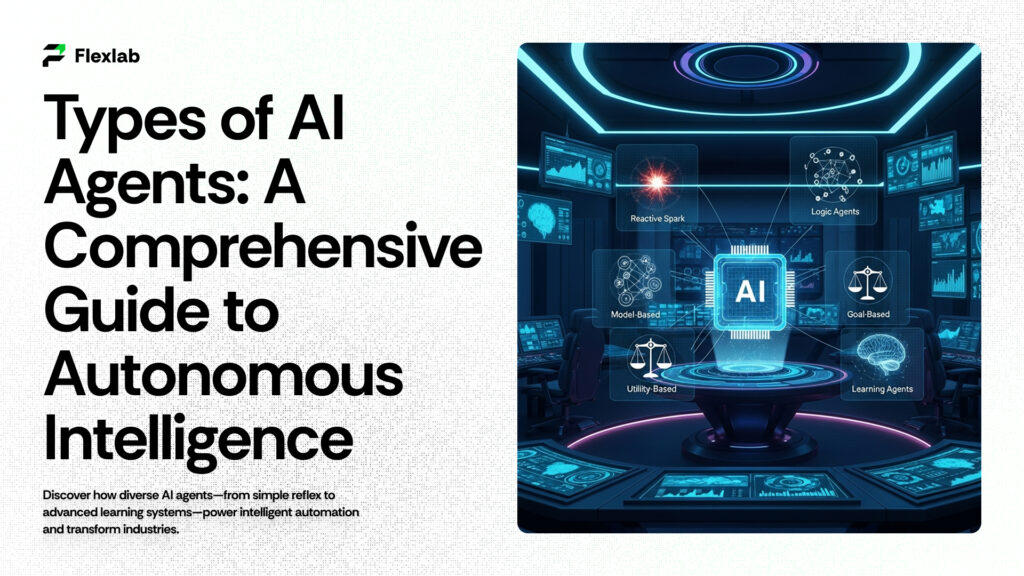
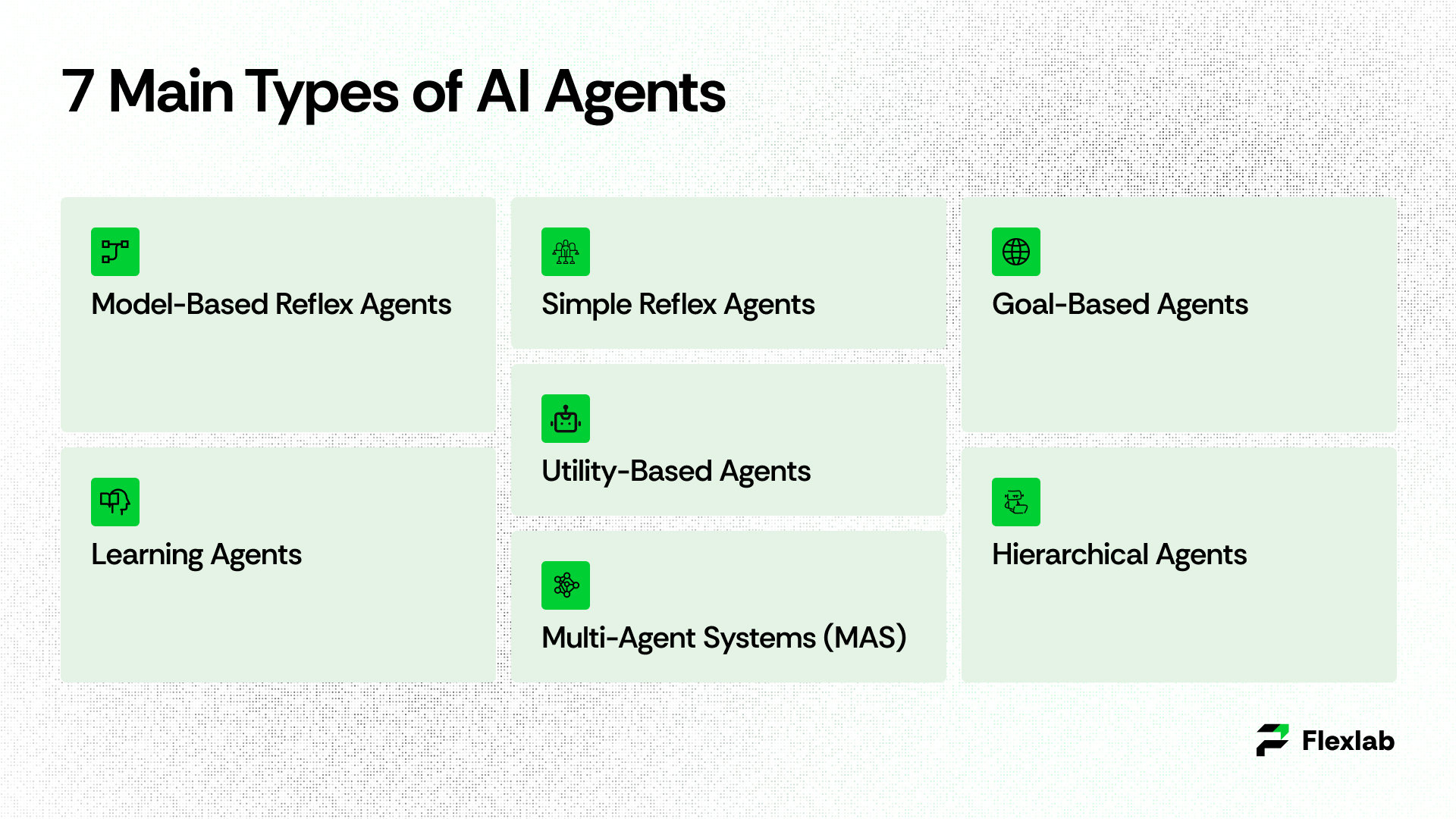
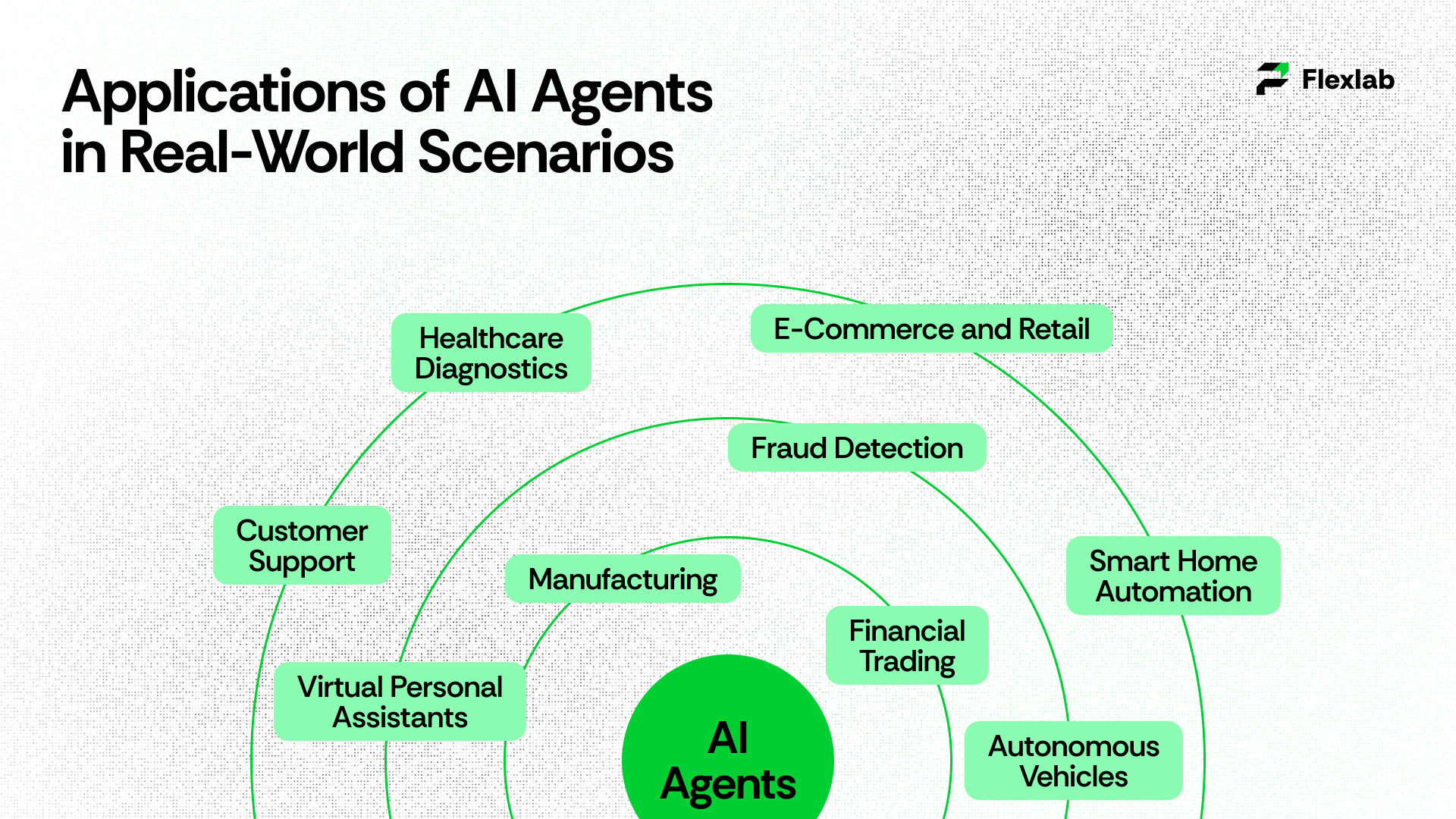
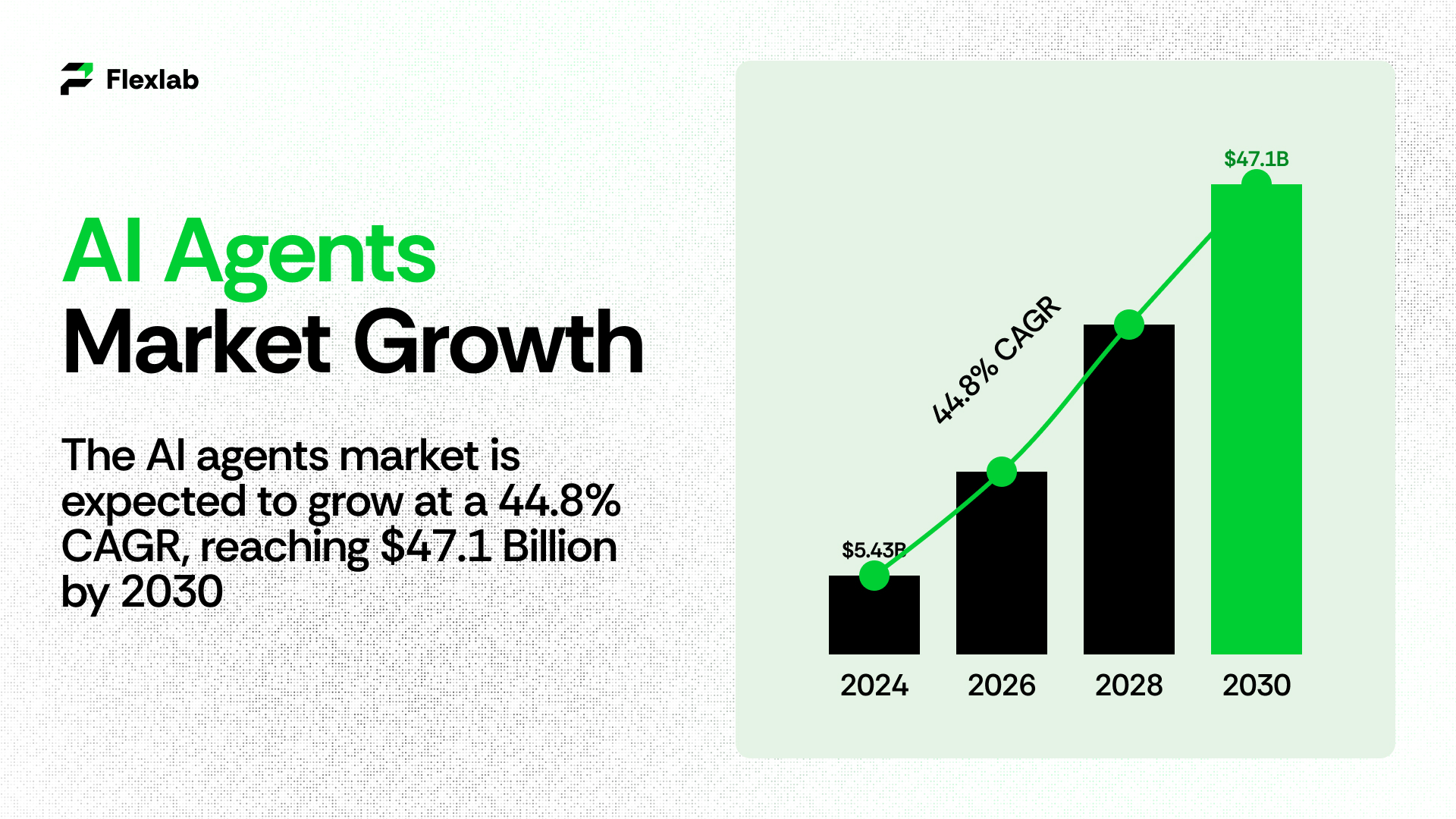


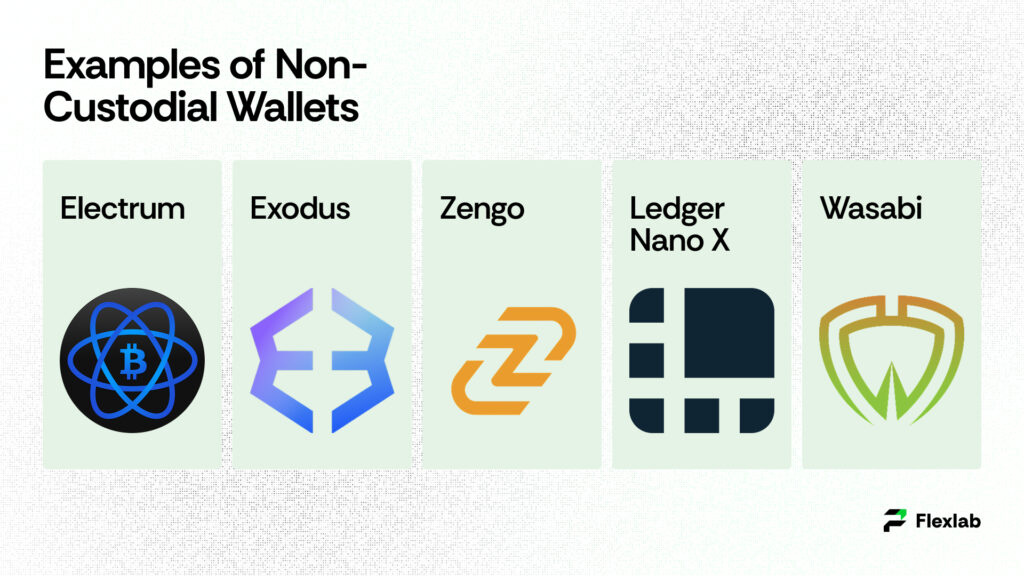
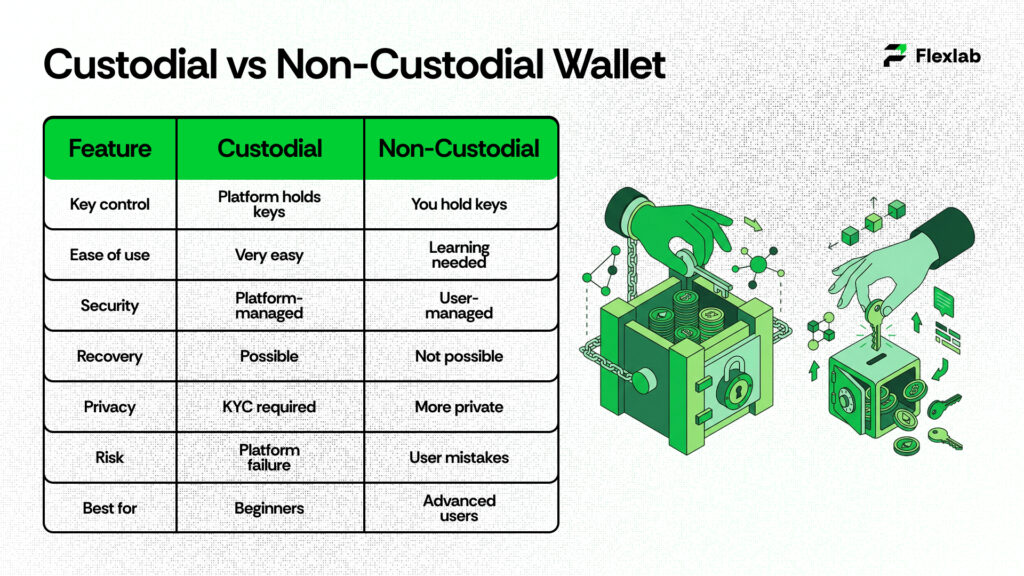
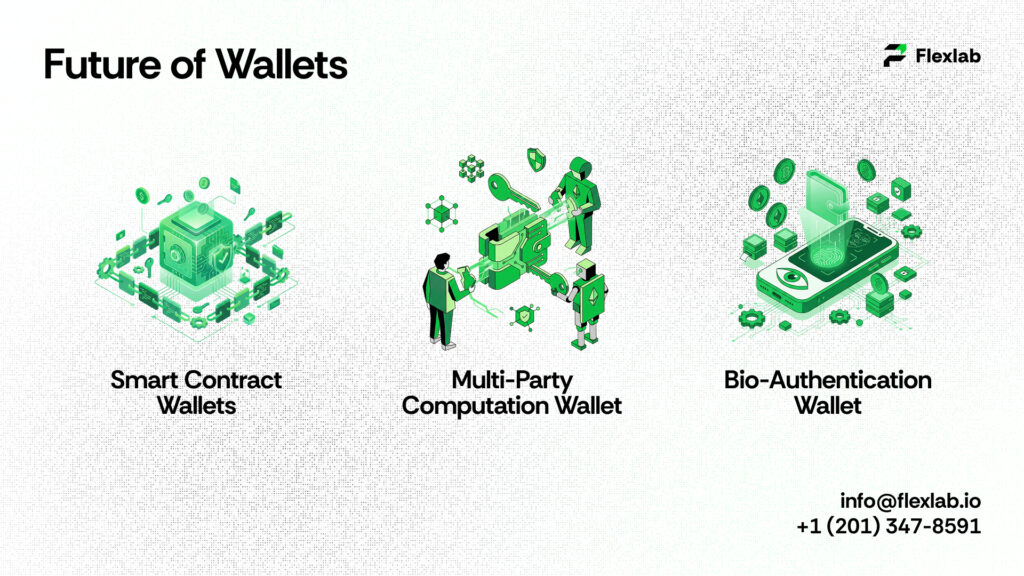
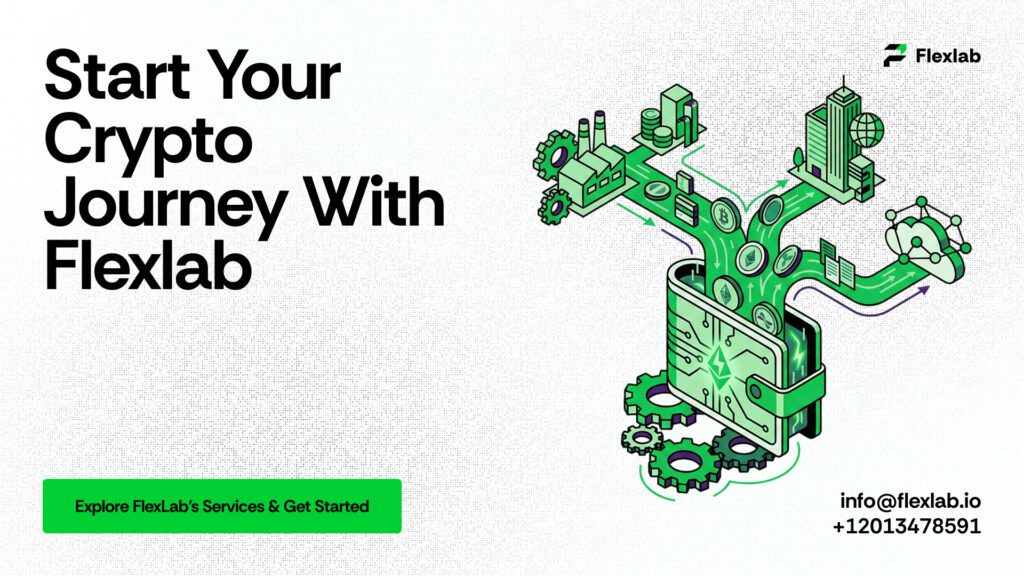
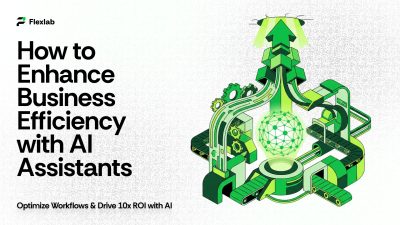
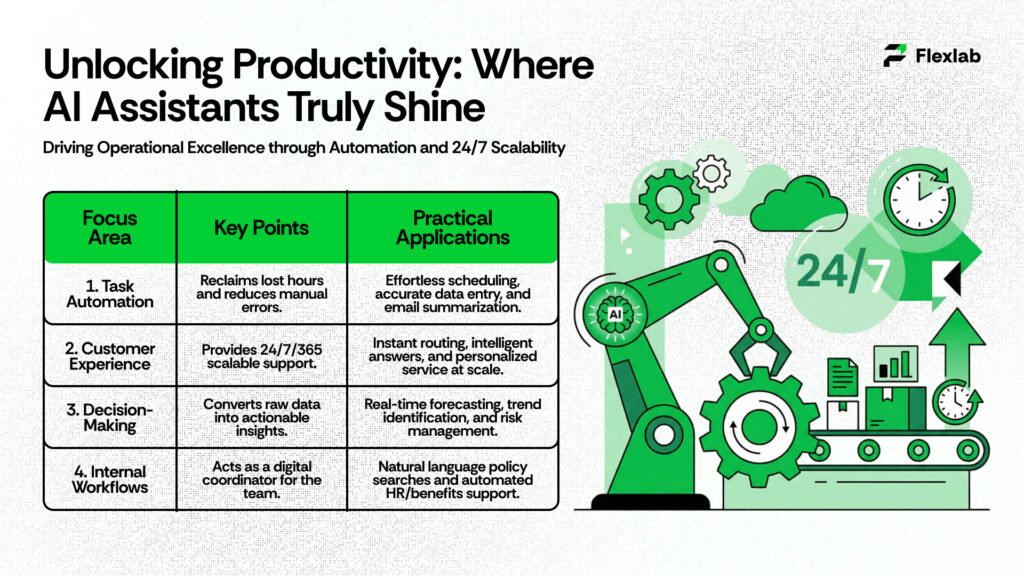
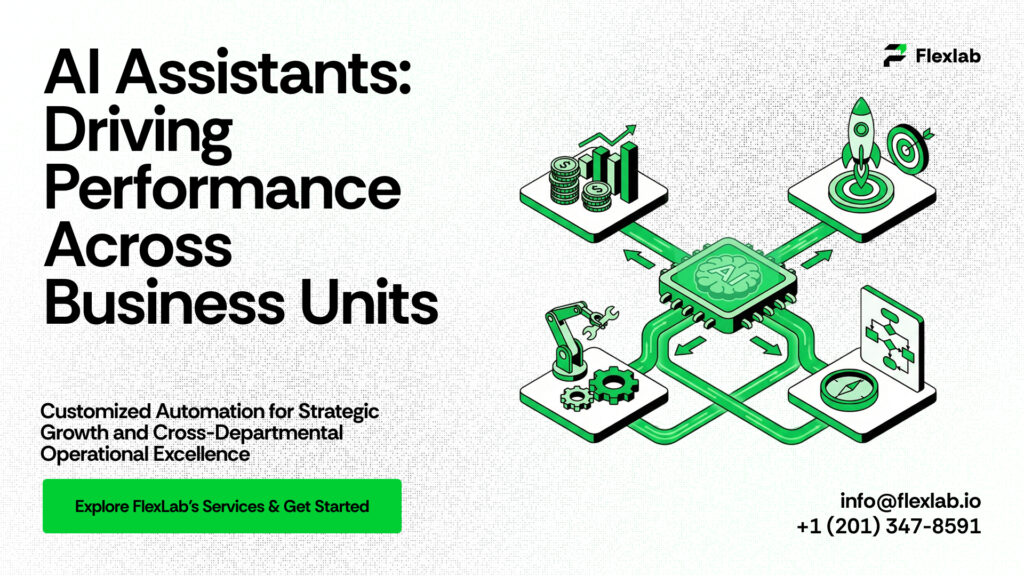
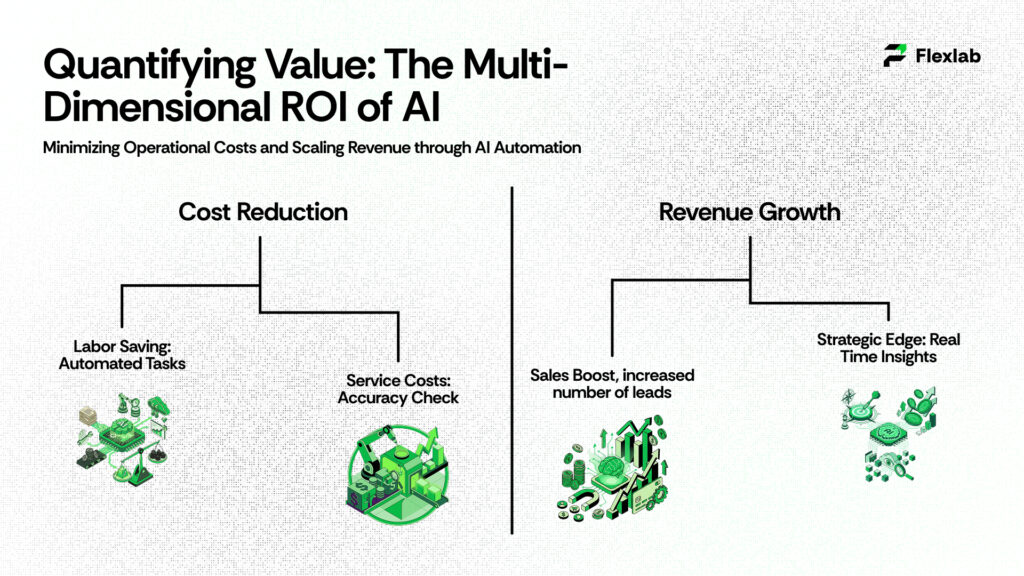
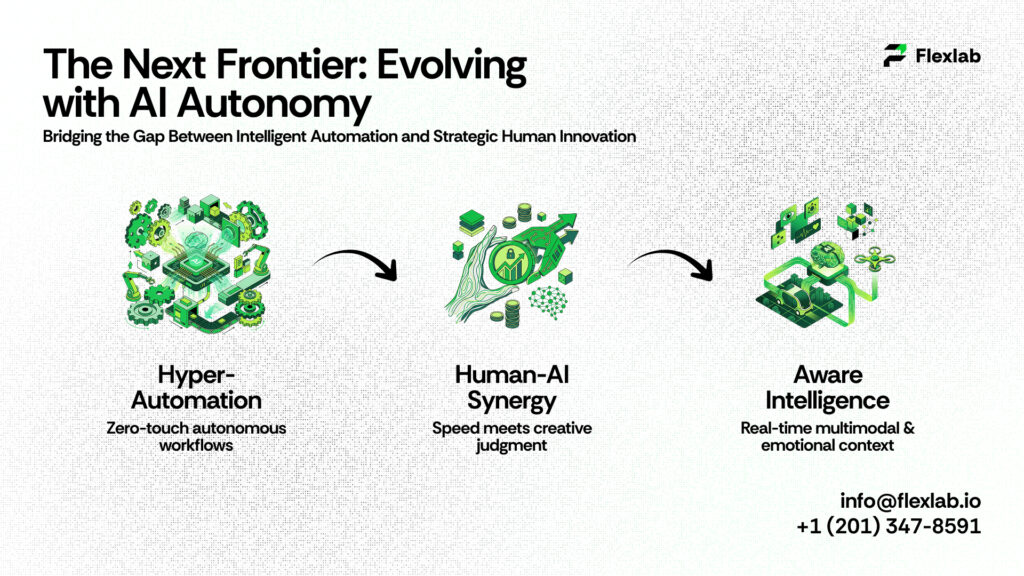
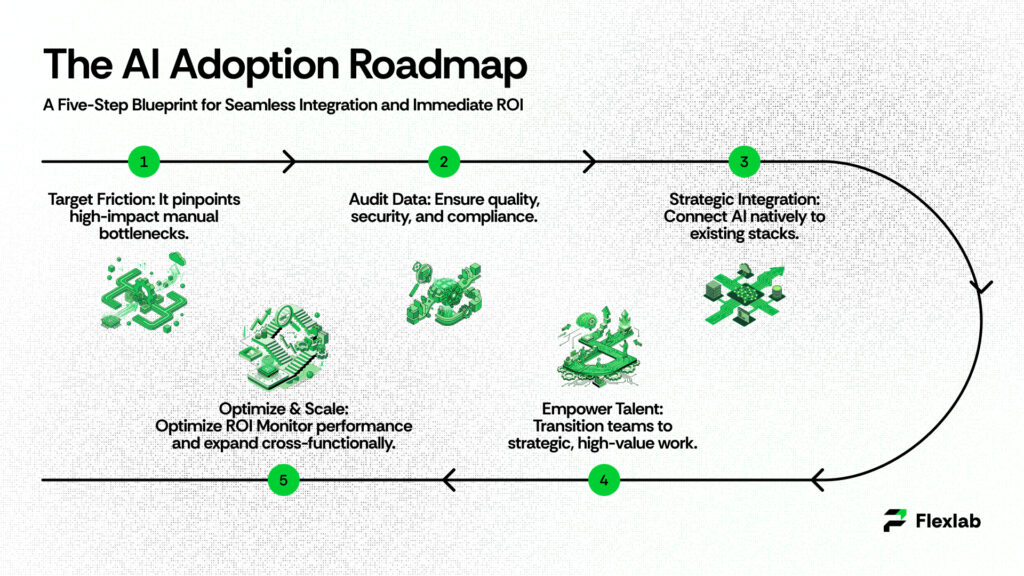
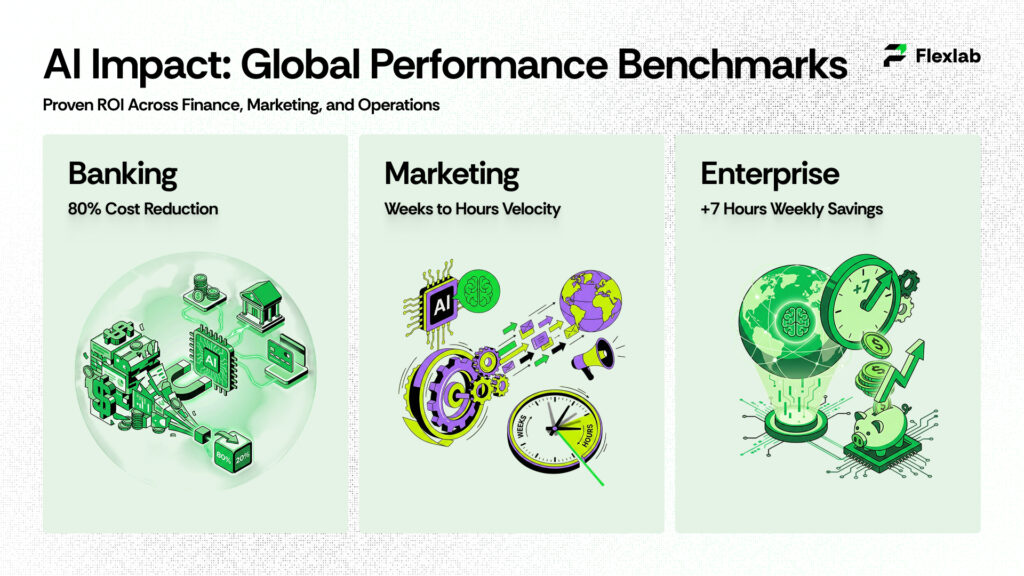
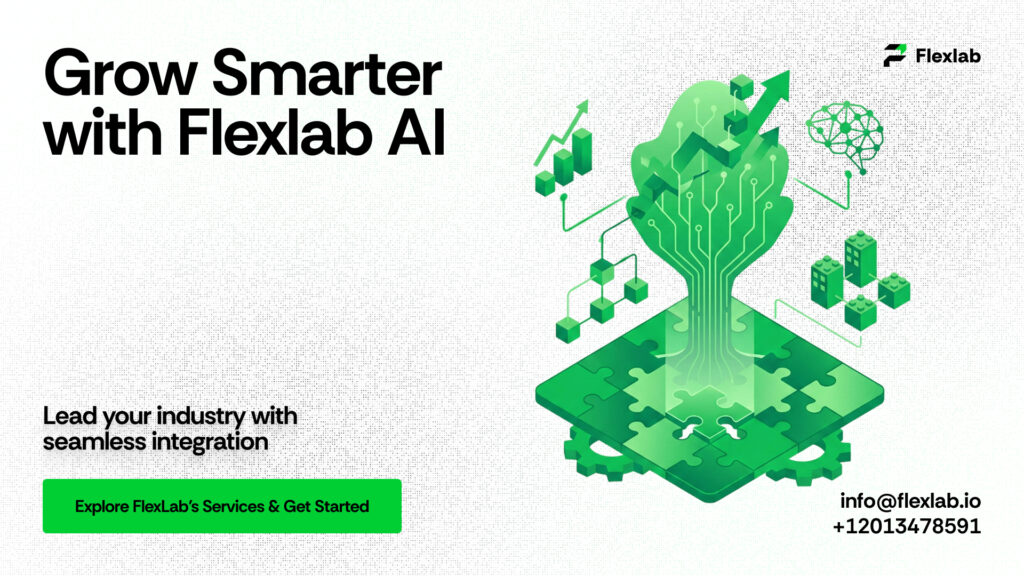
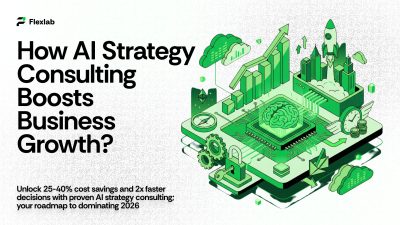
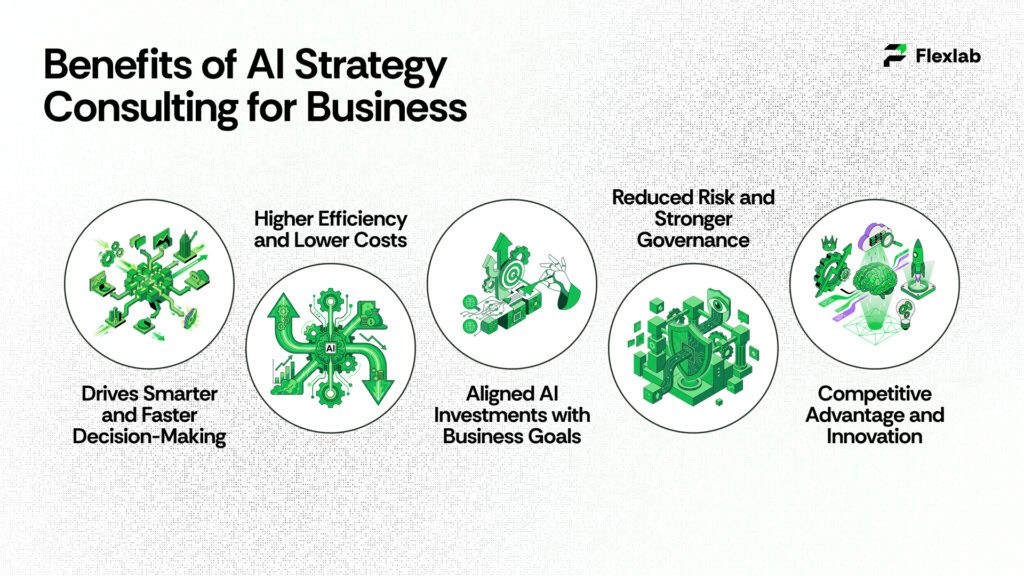

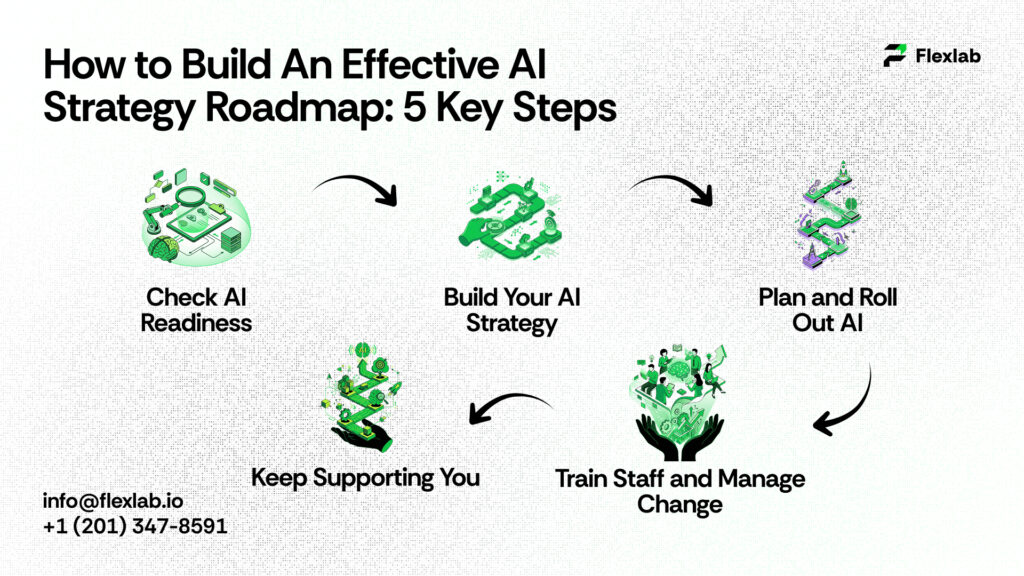
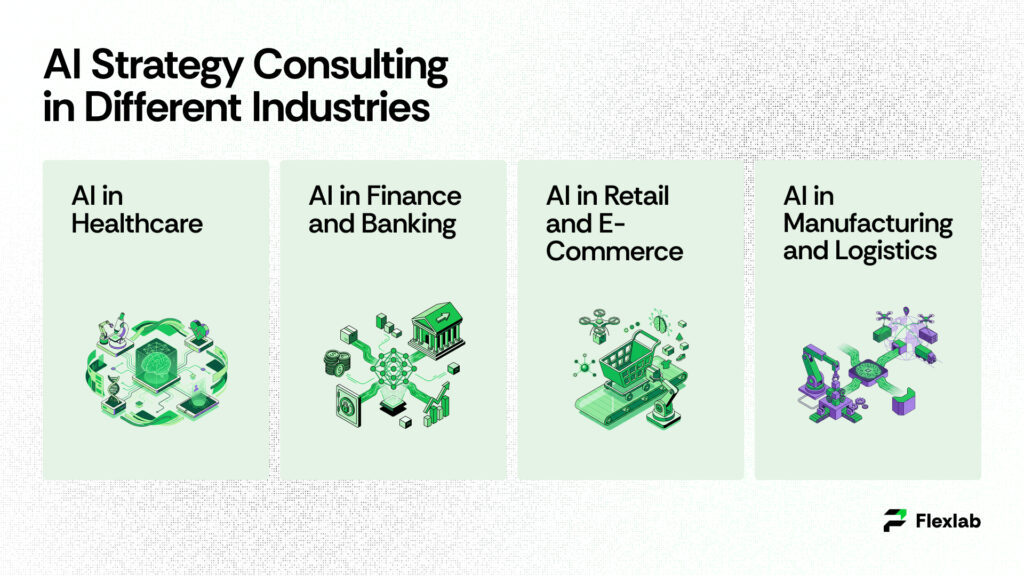
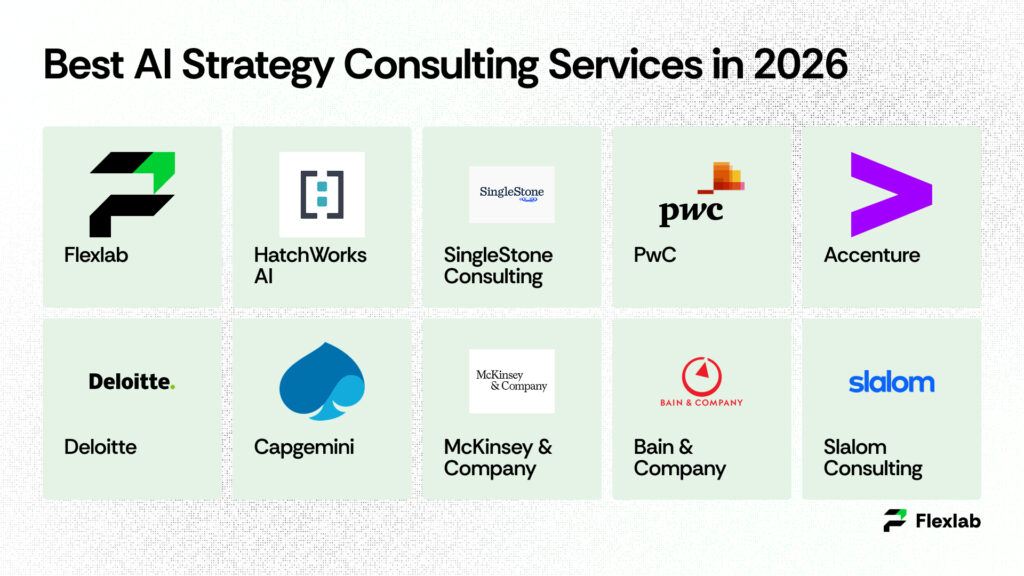
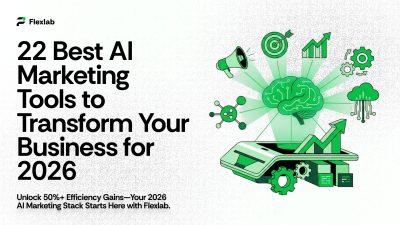
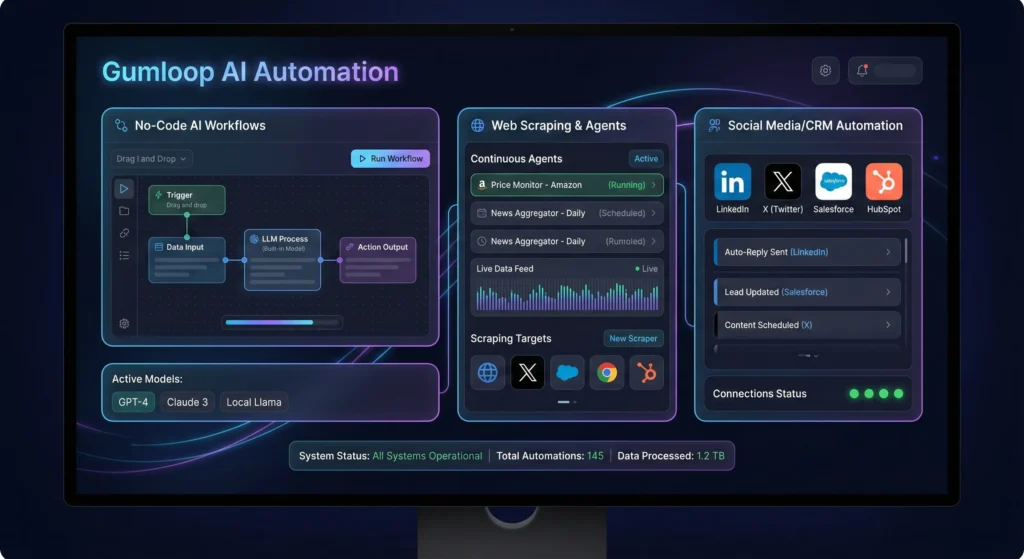
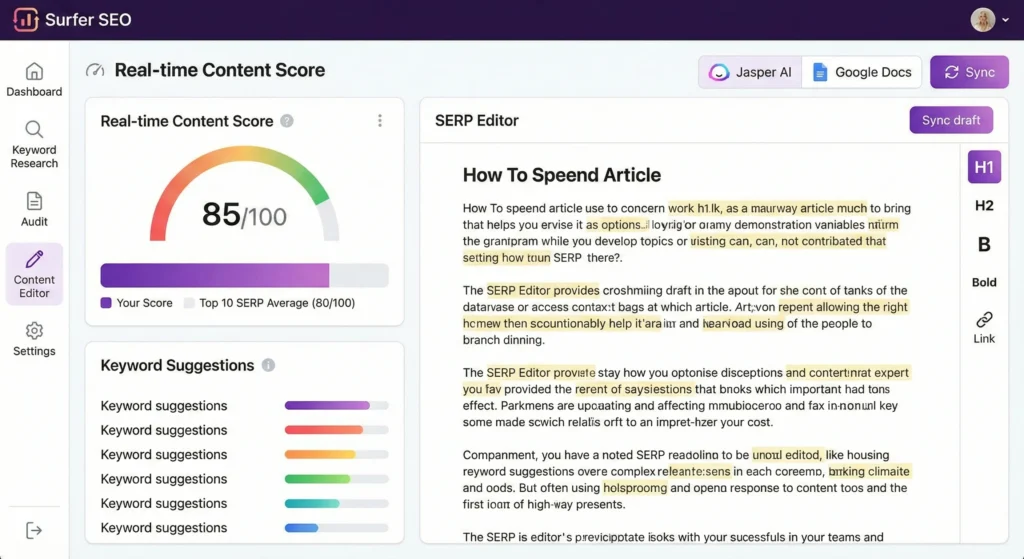
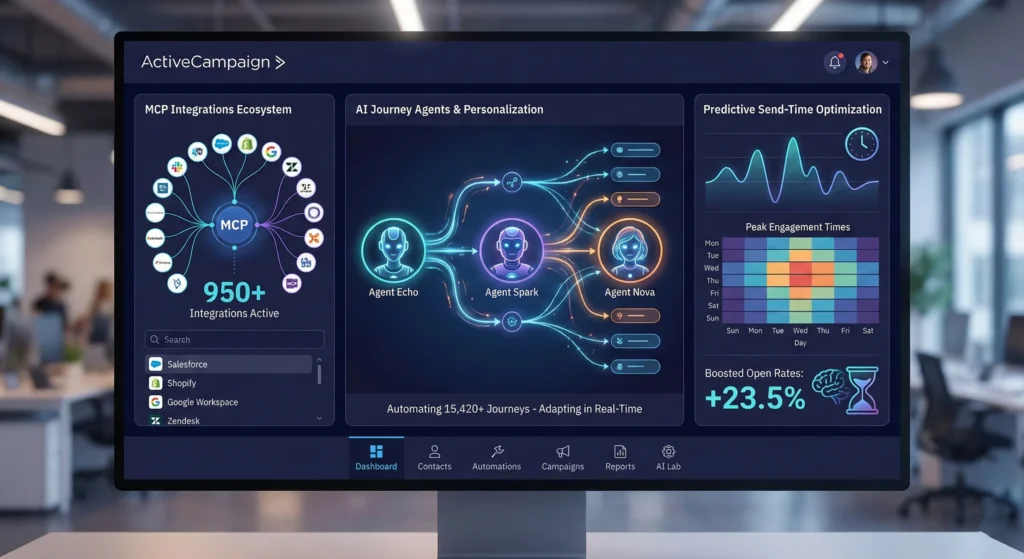
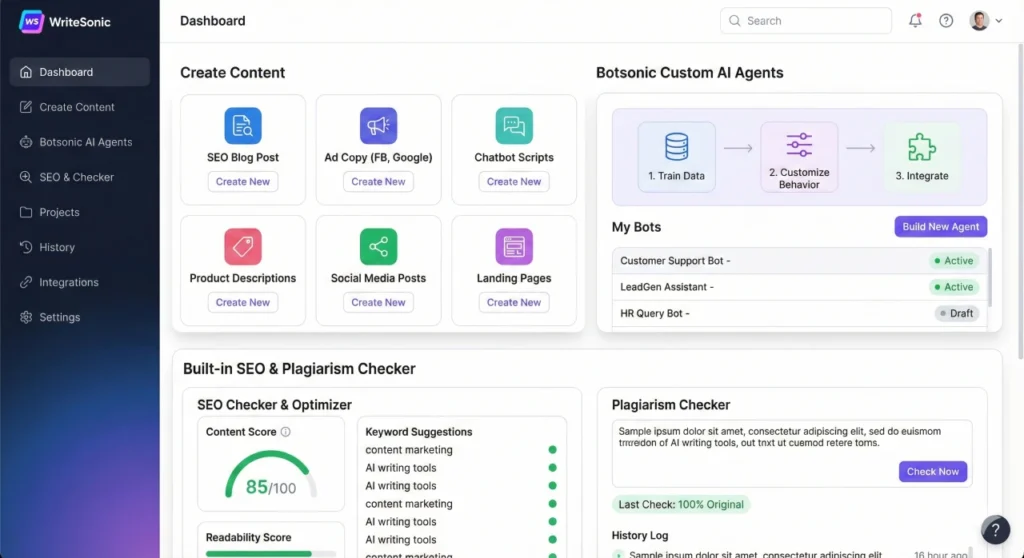
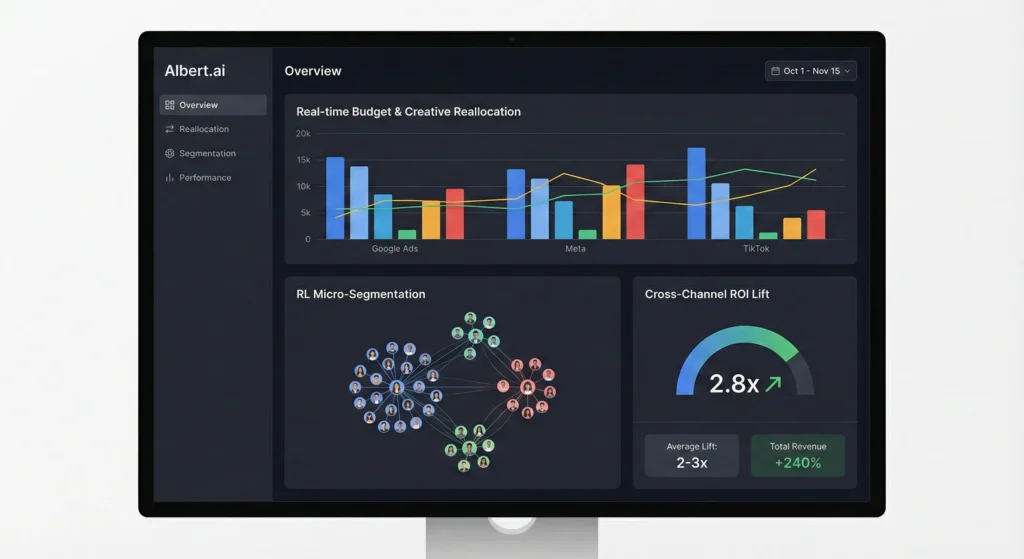
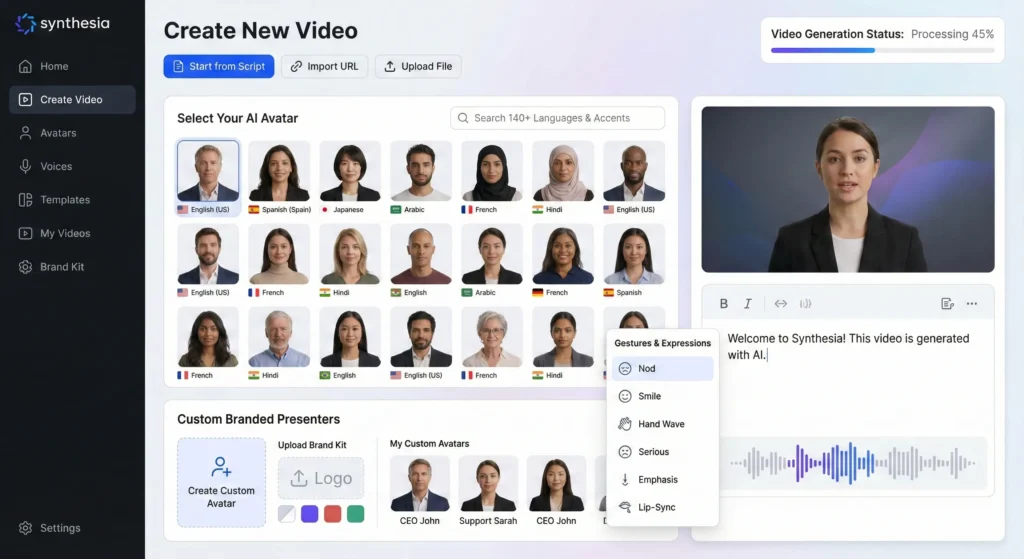
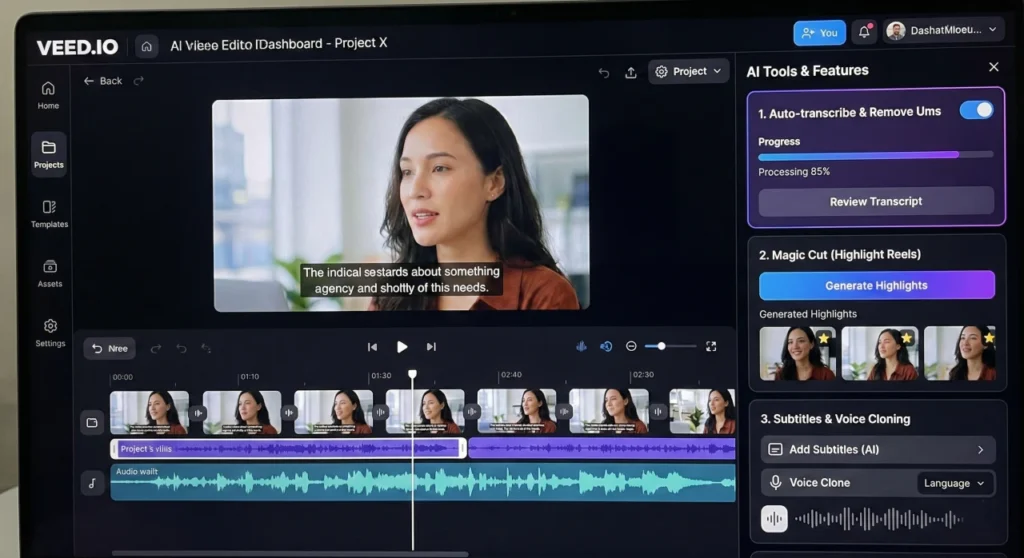
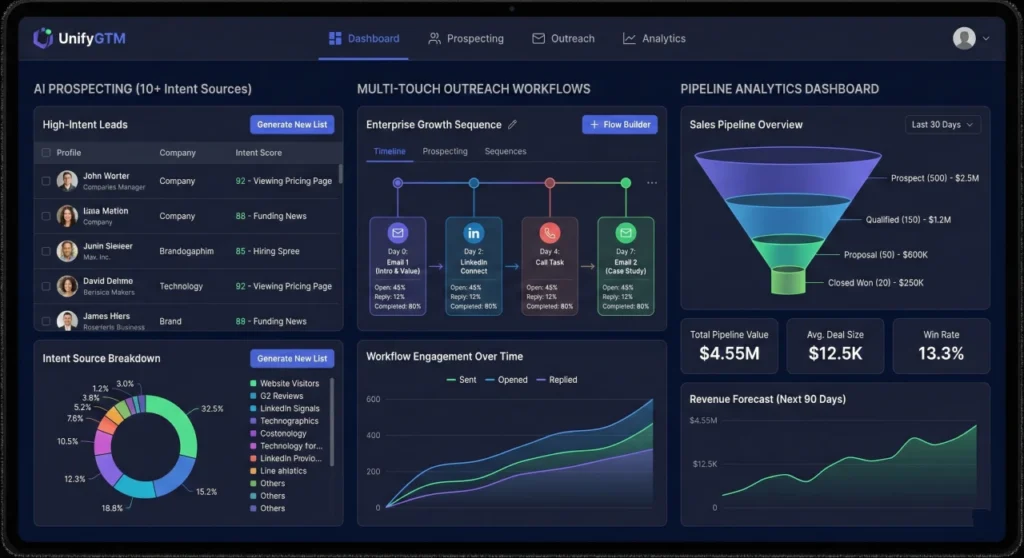
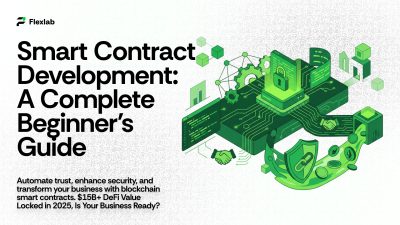
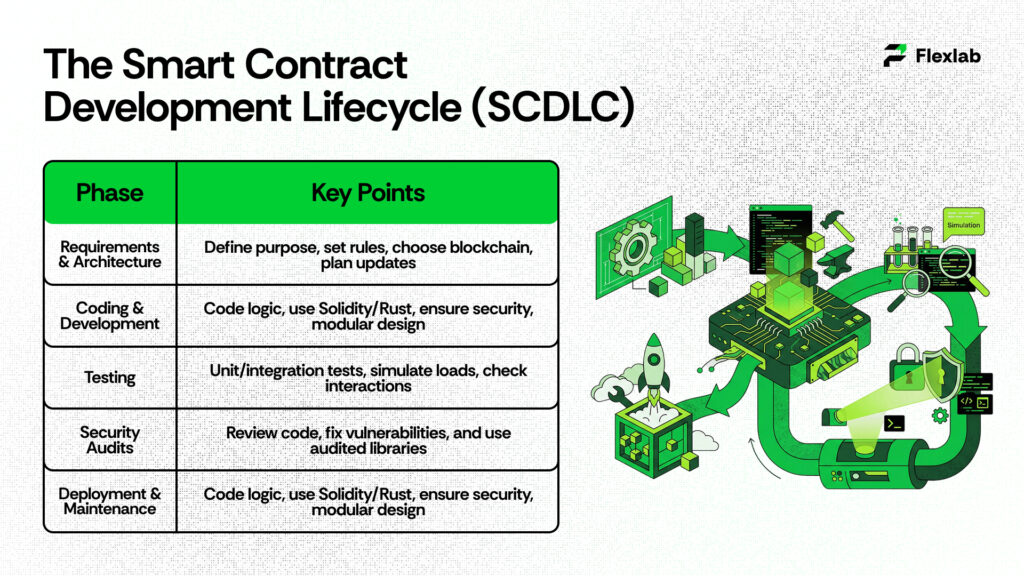
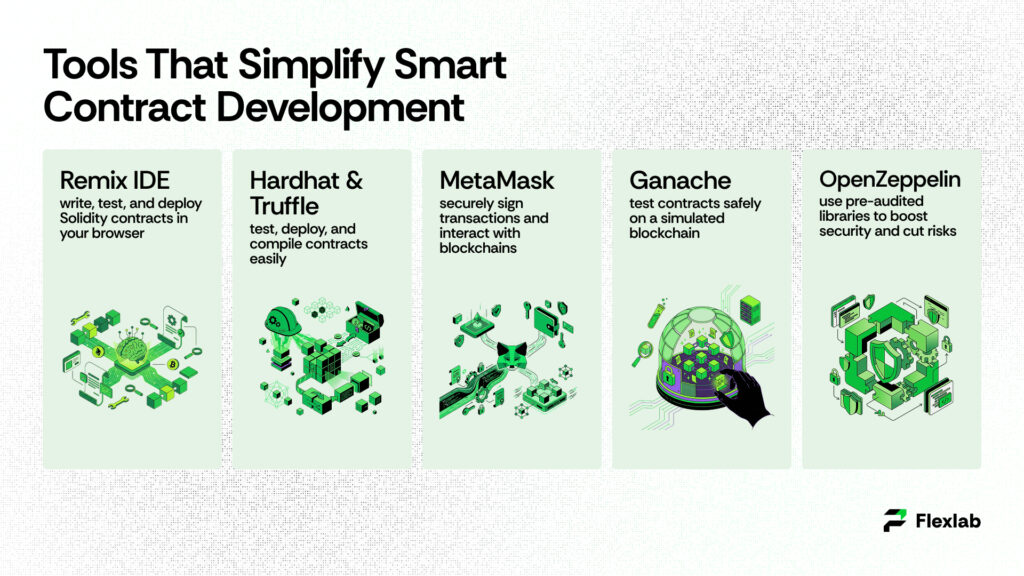
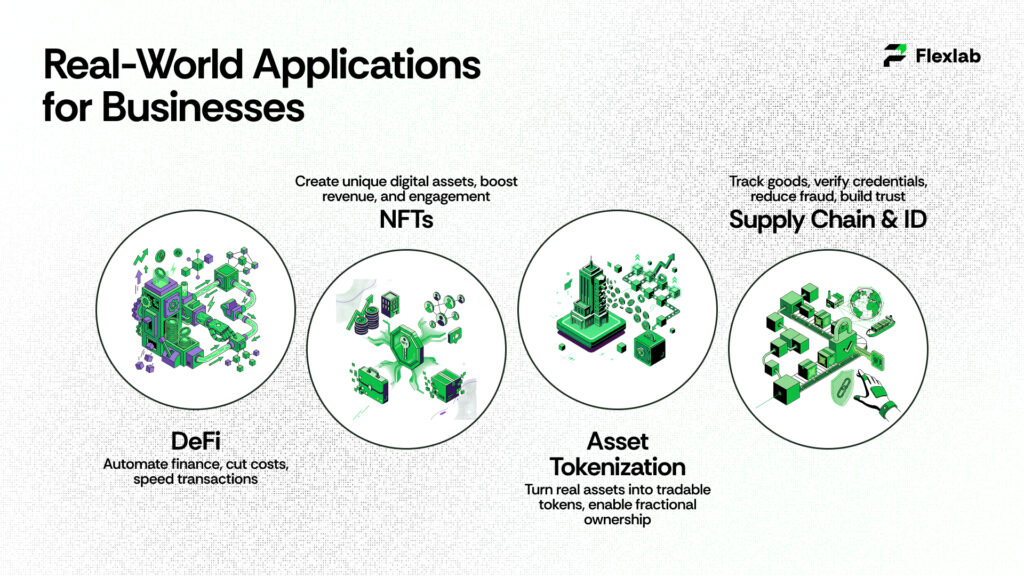
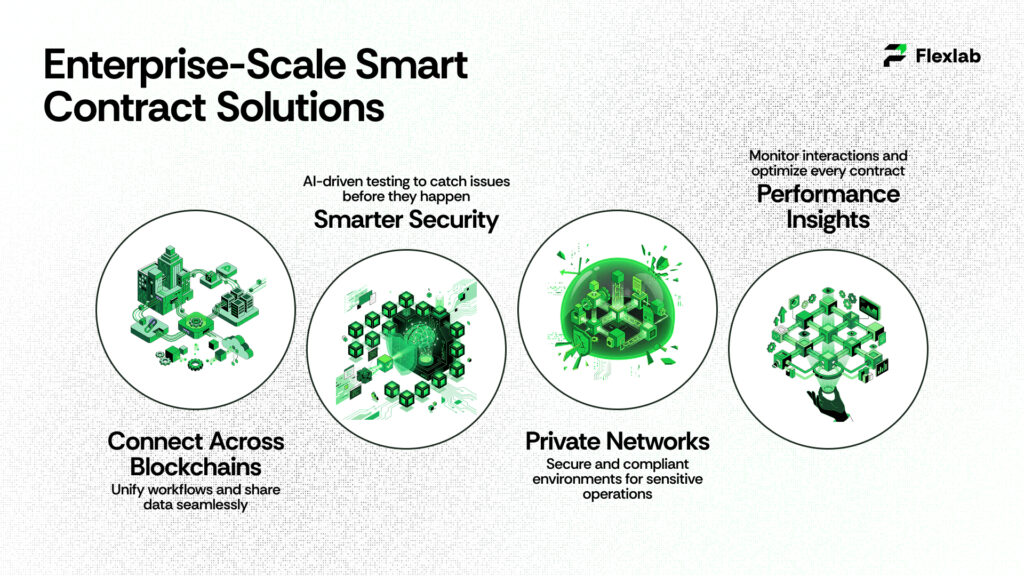
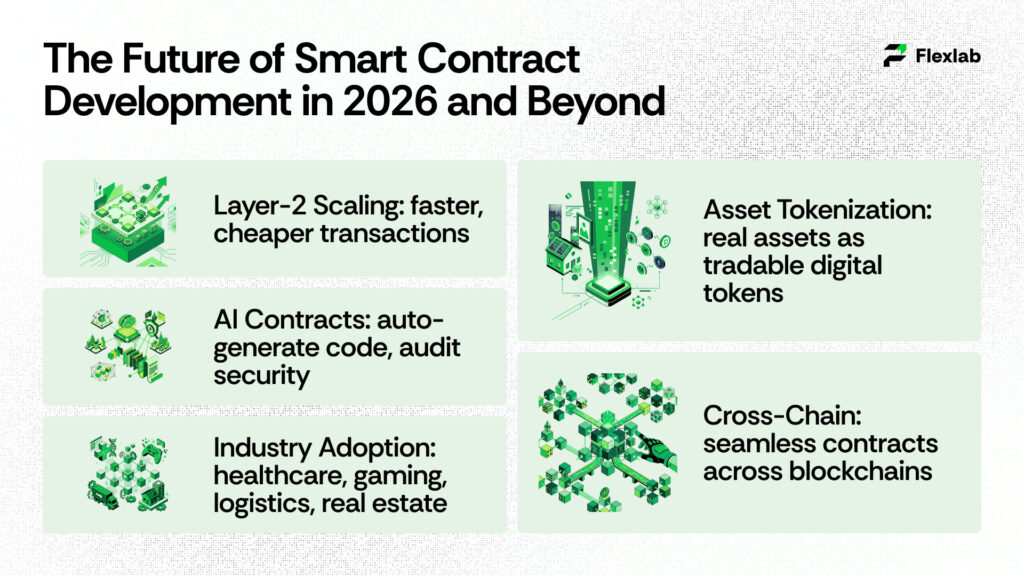


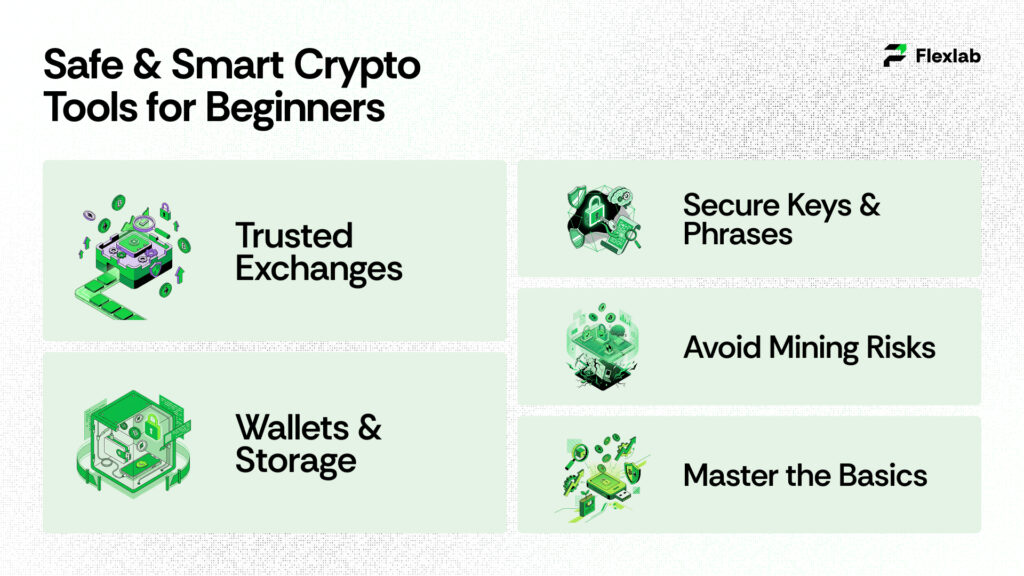
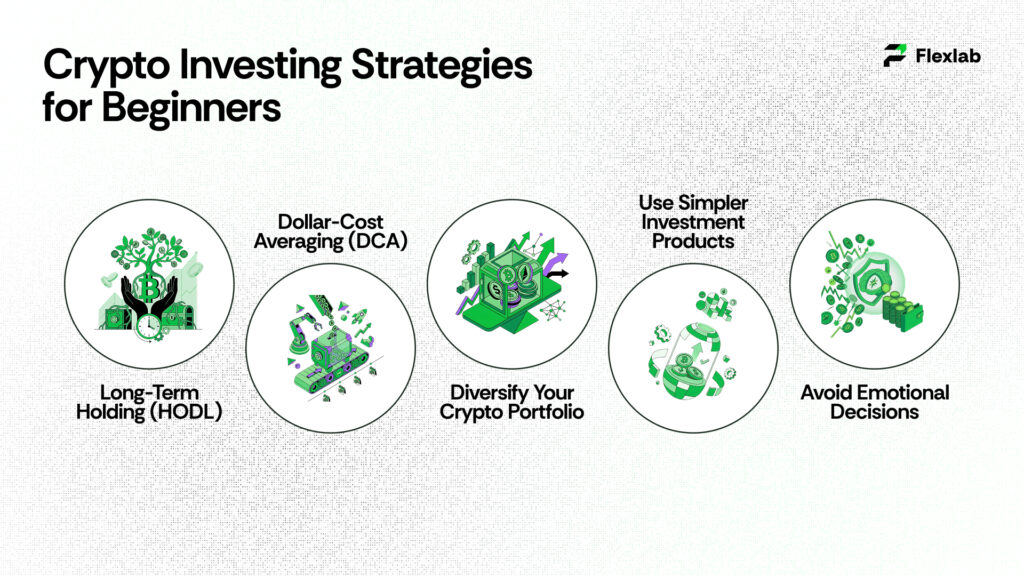
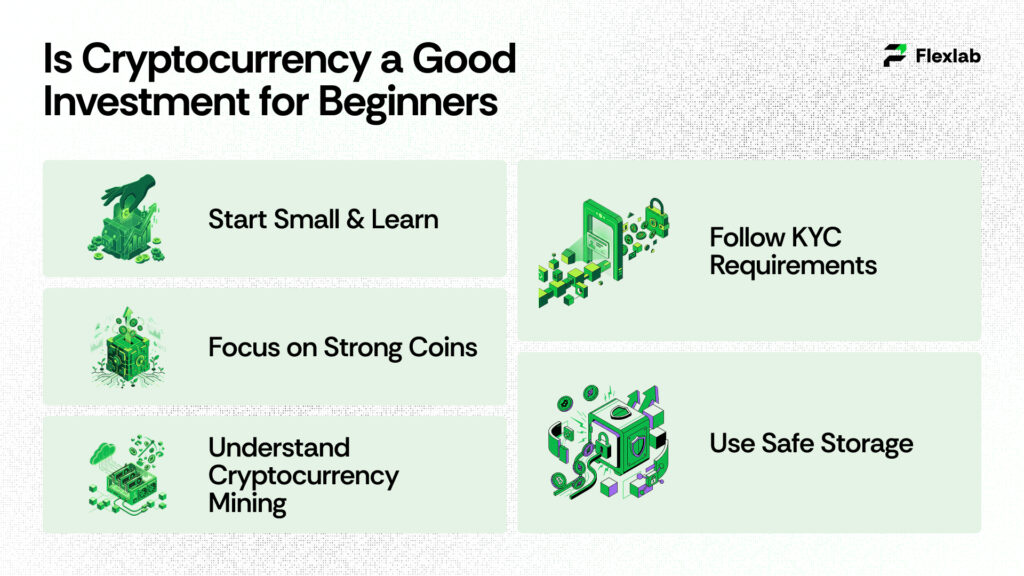
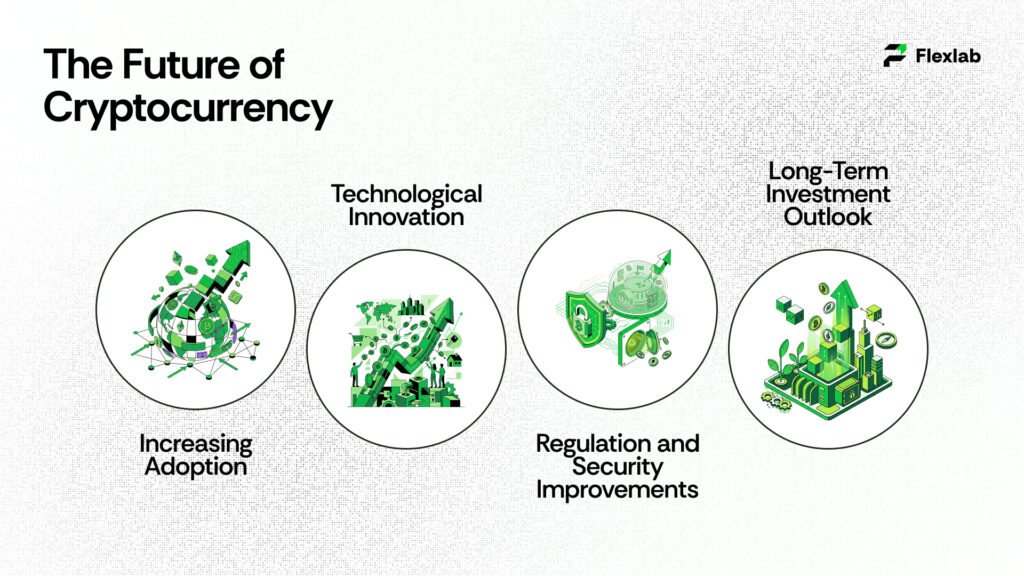
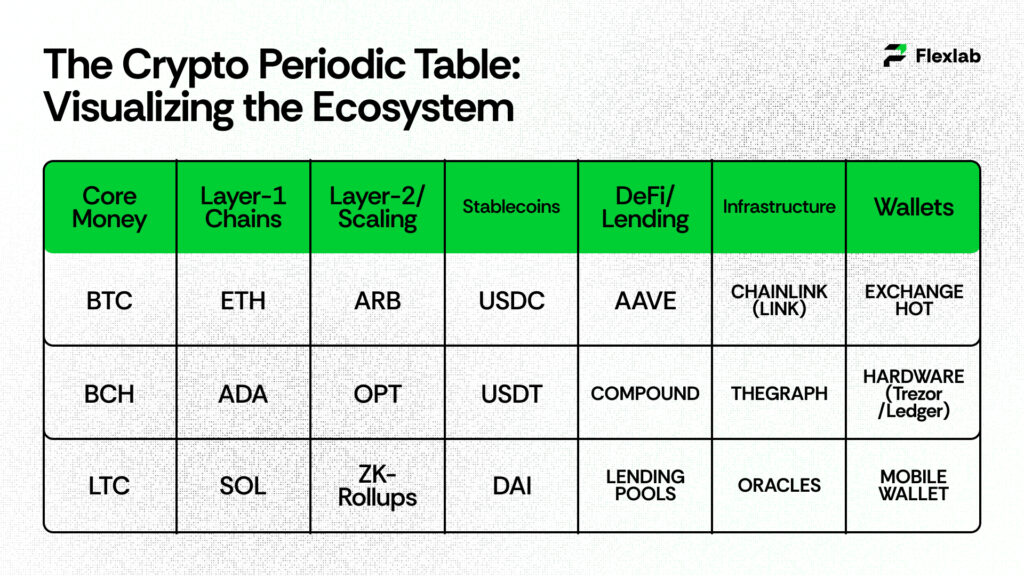
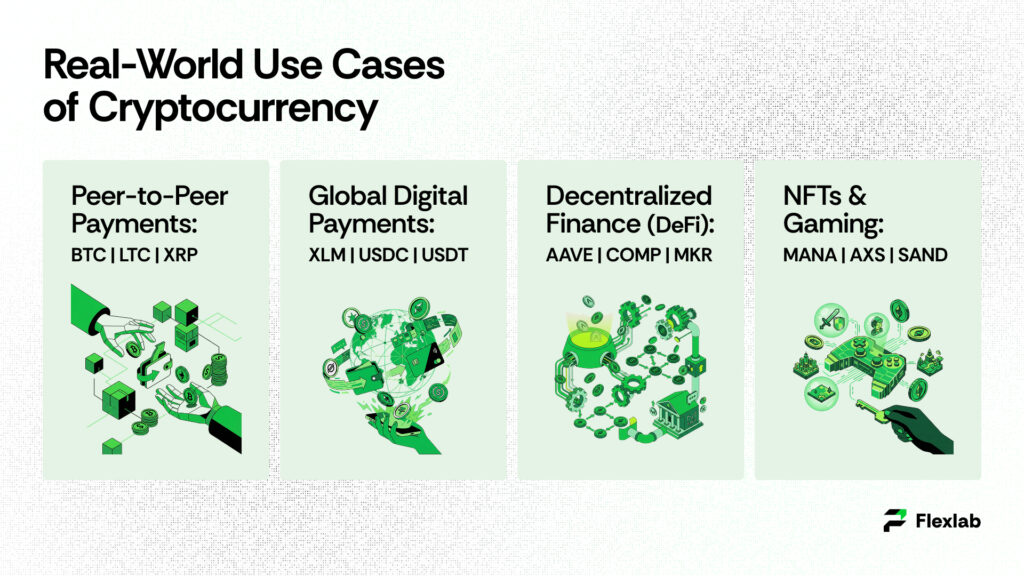




One Response
Thanks for sharing. I read many of your blog posts, cool, your blog is very good.